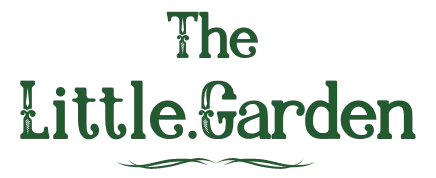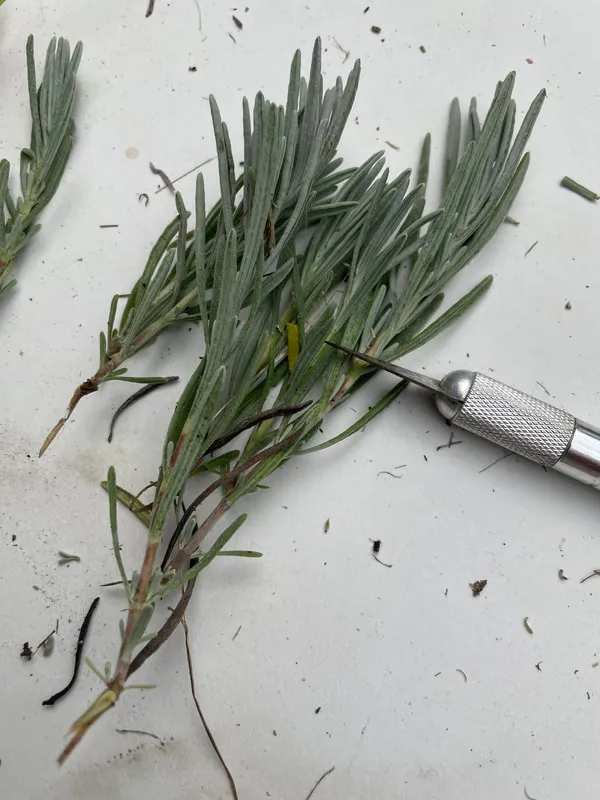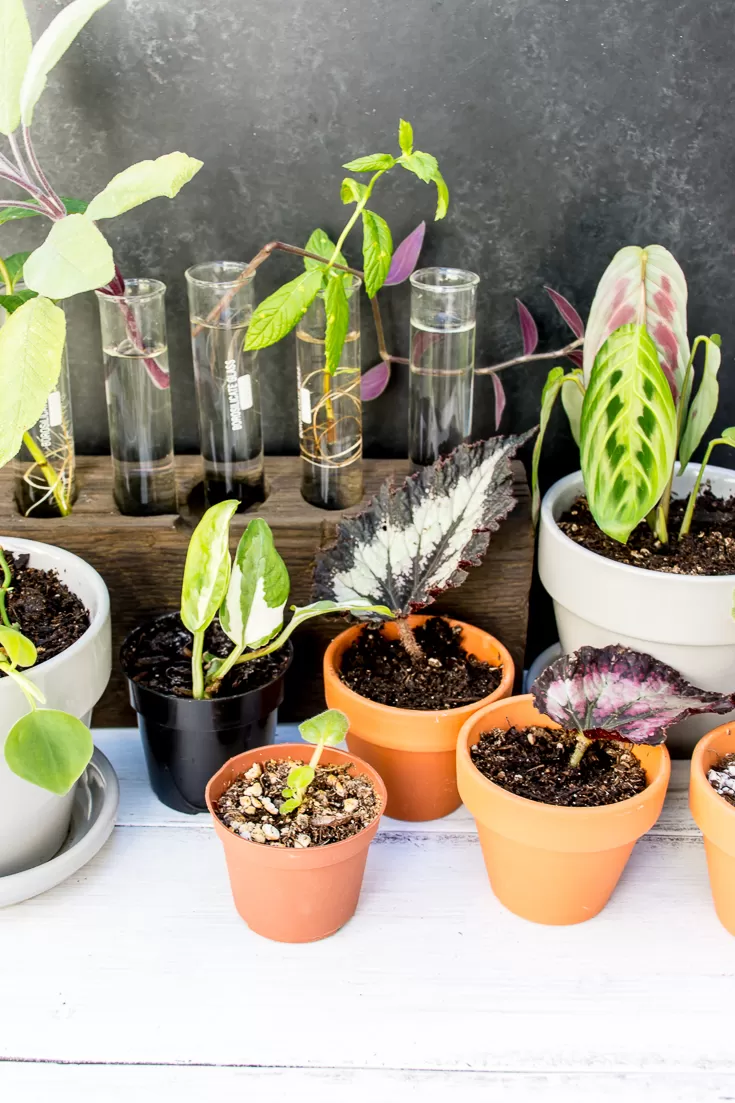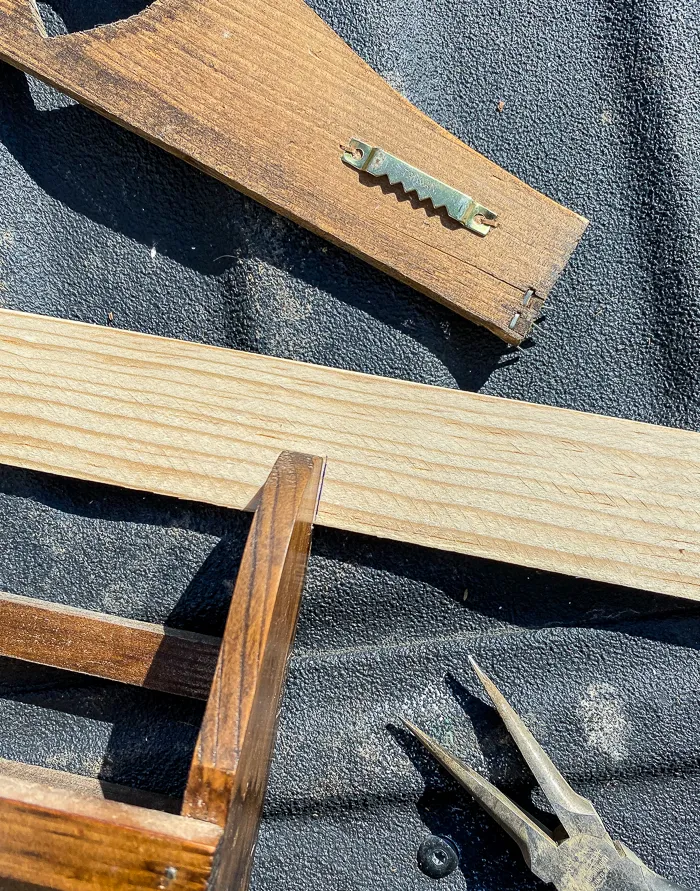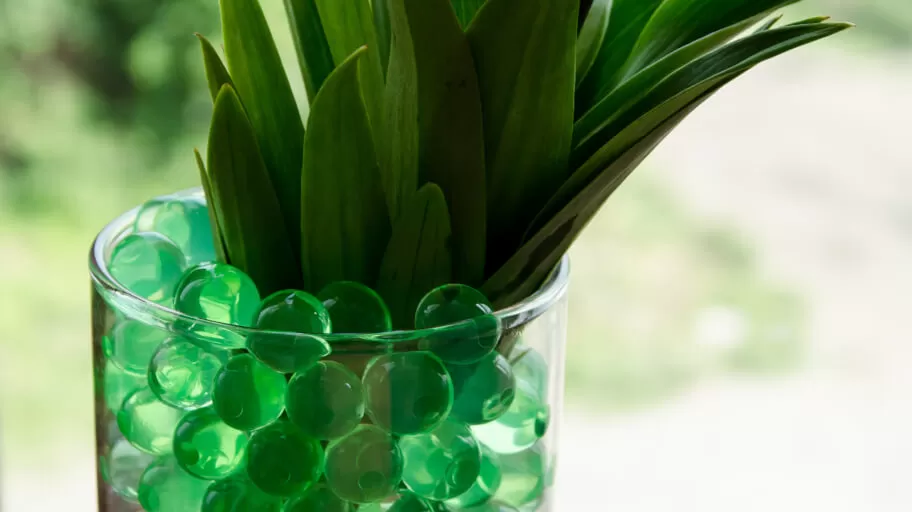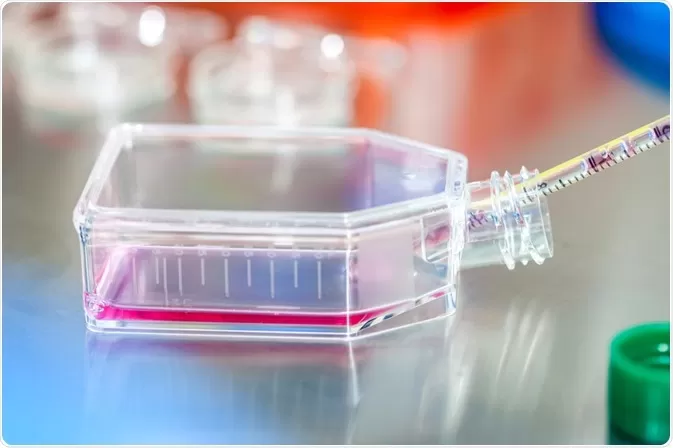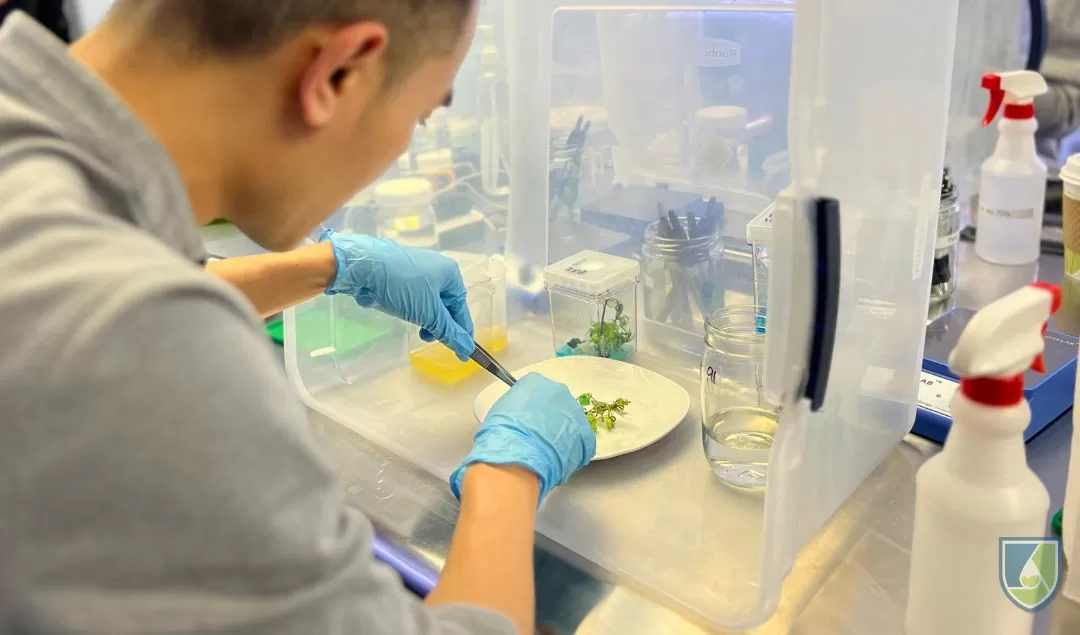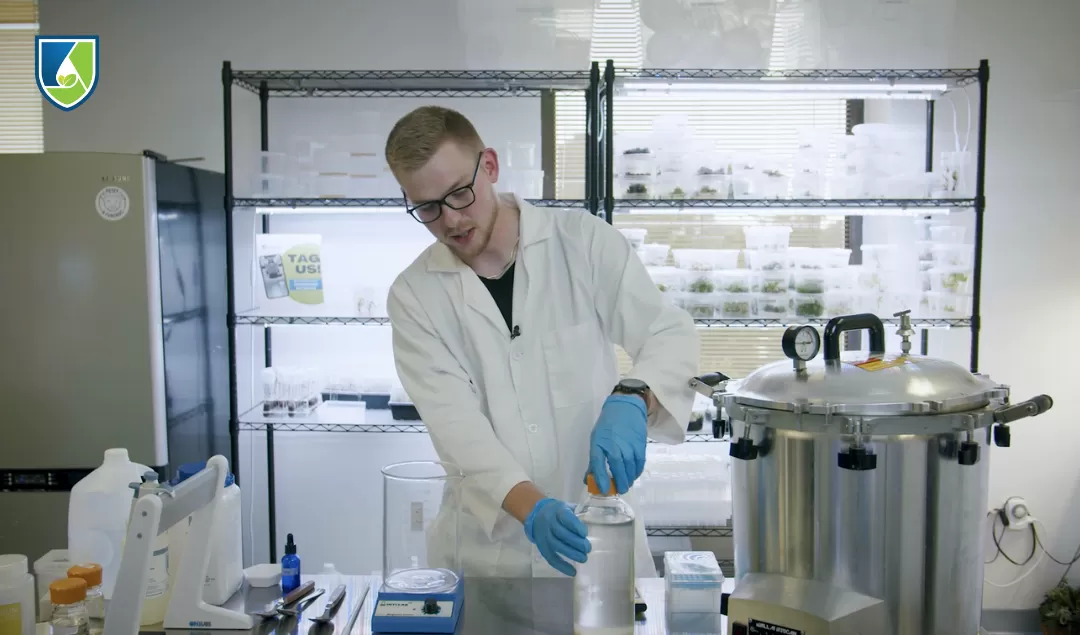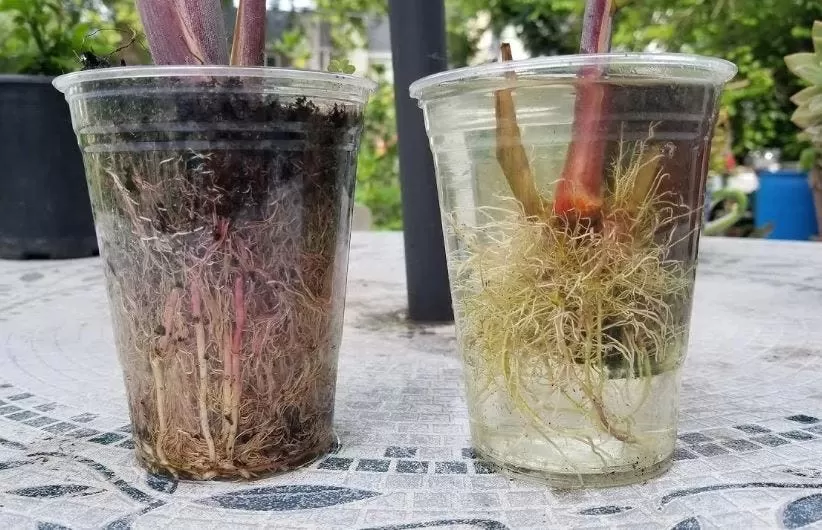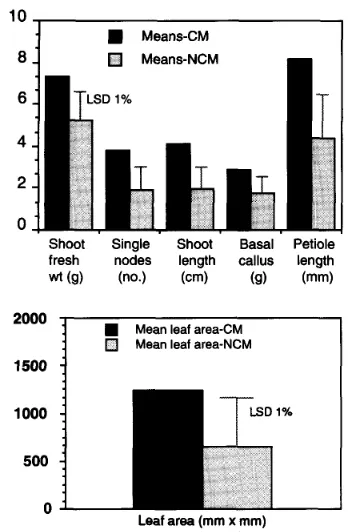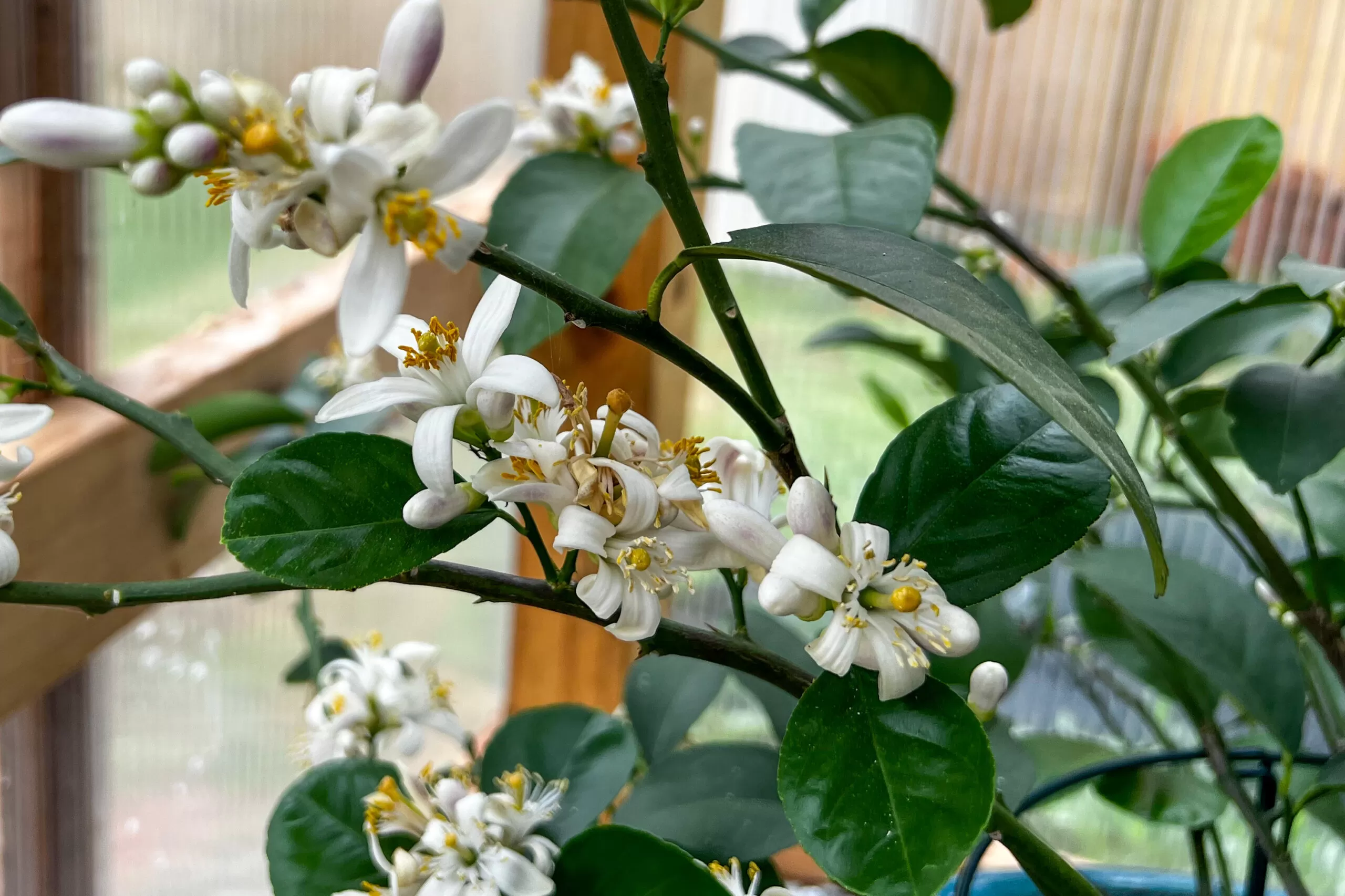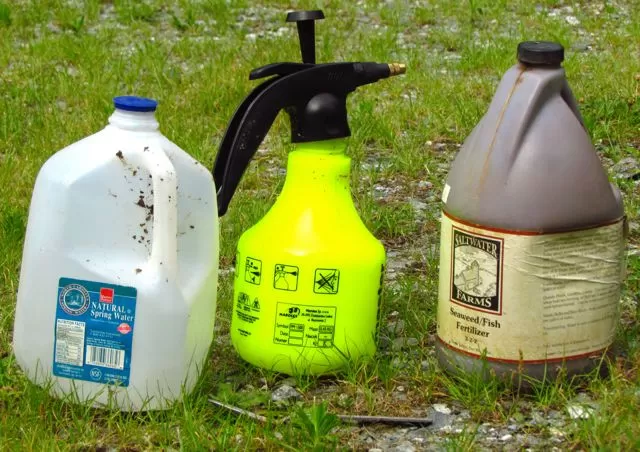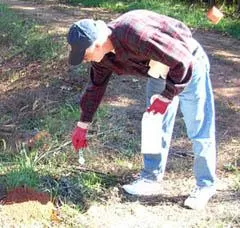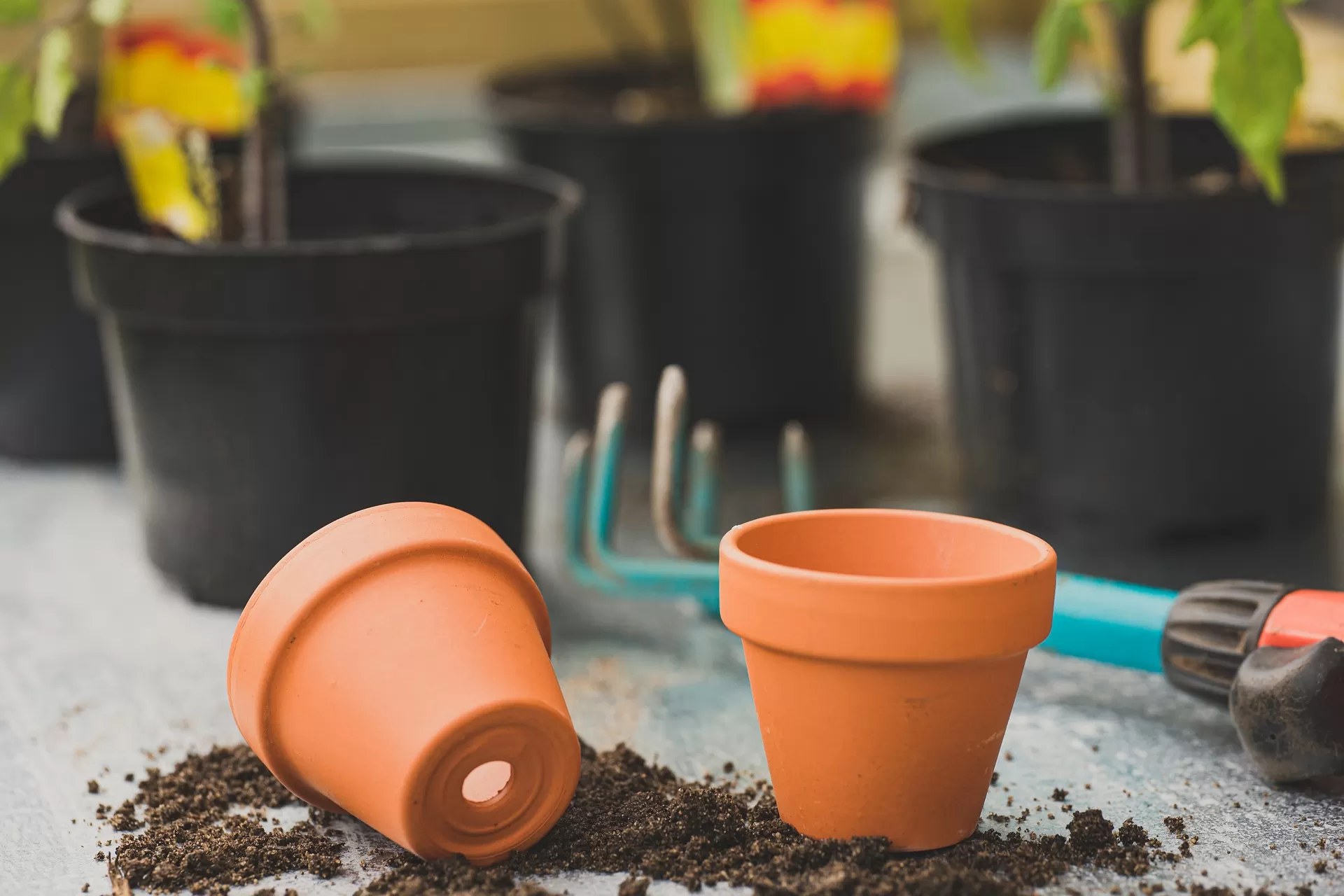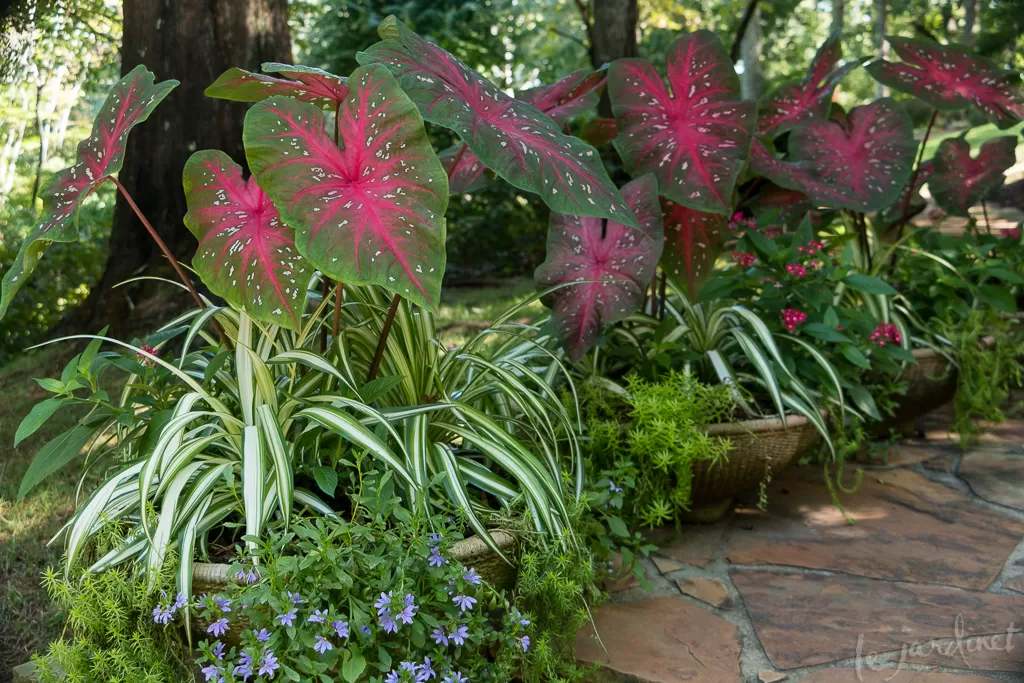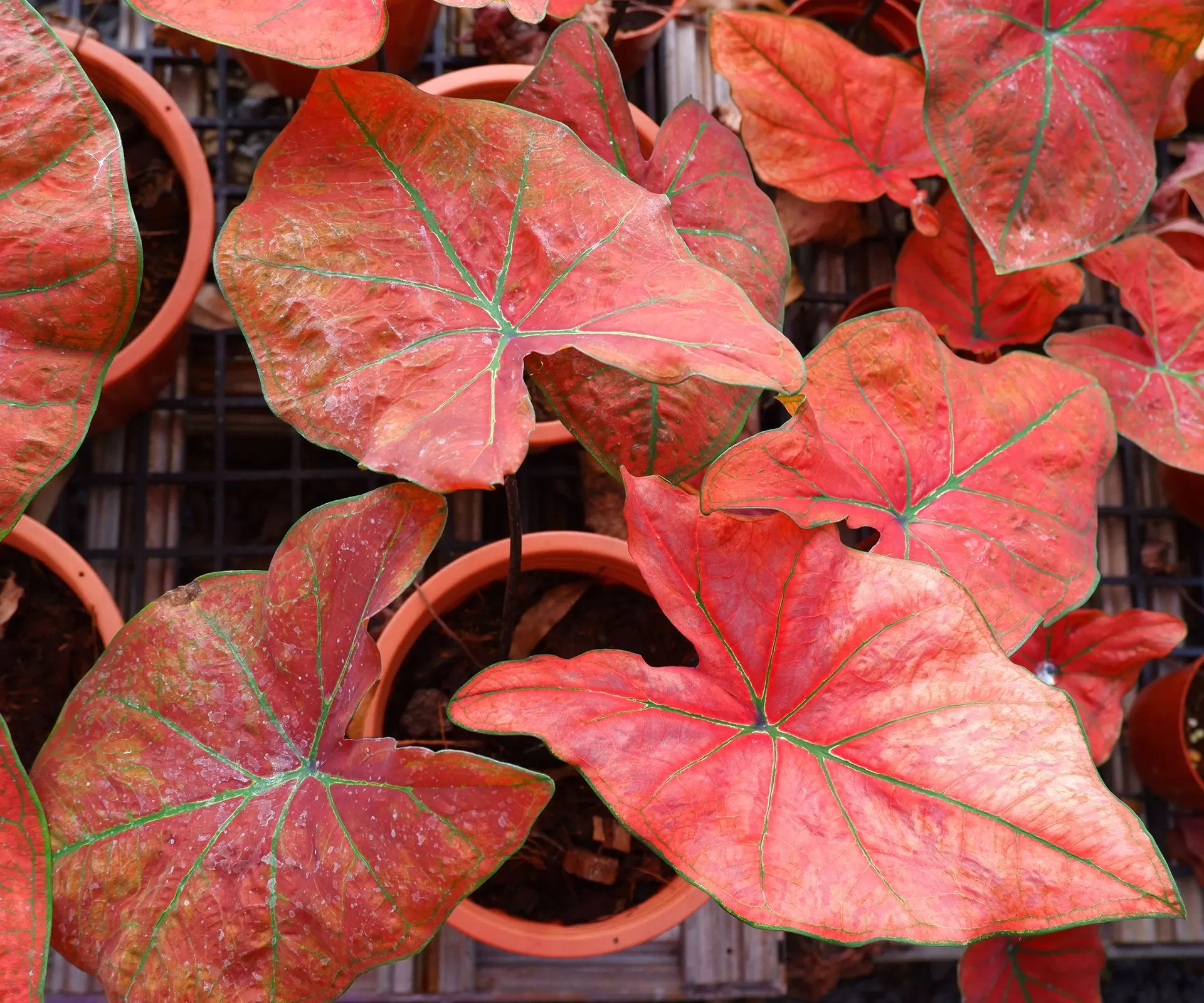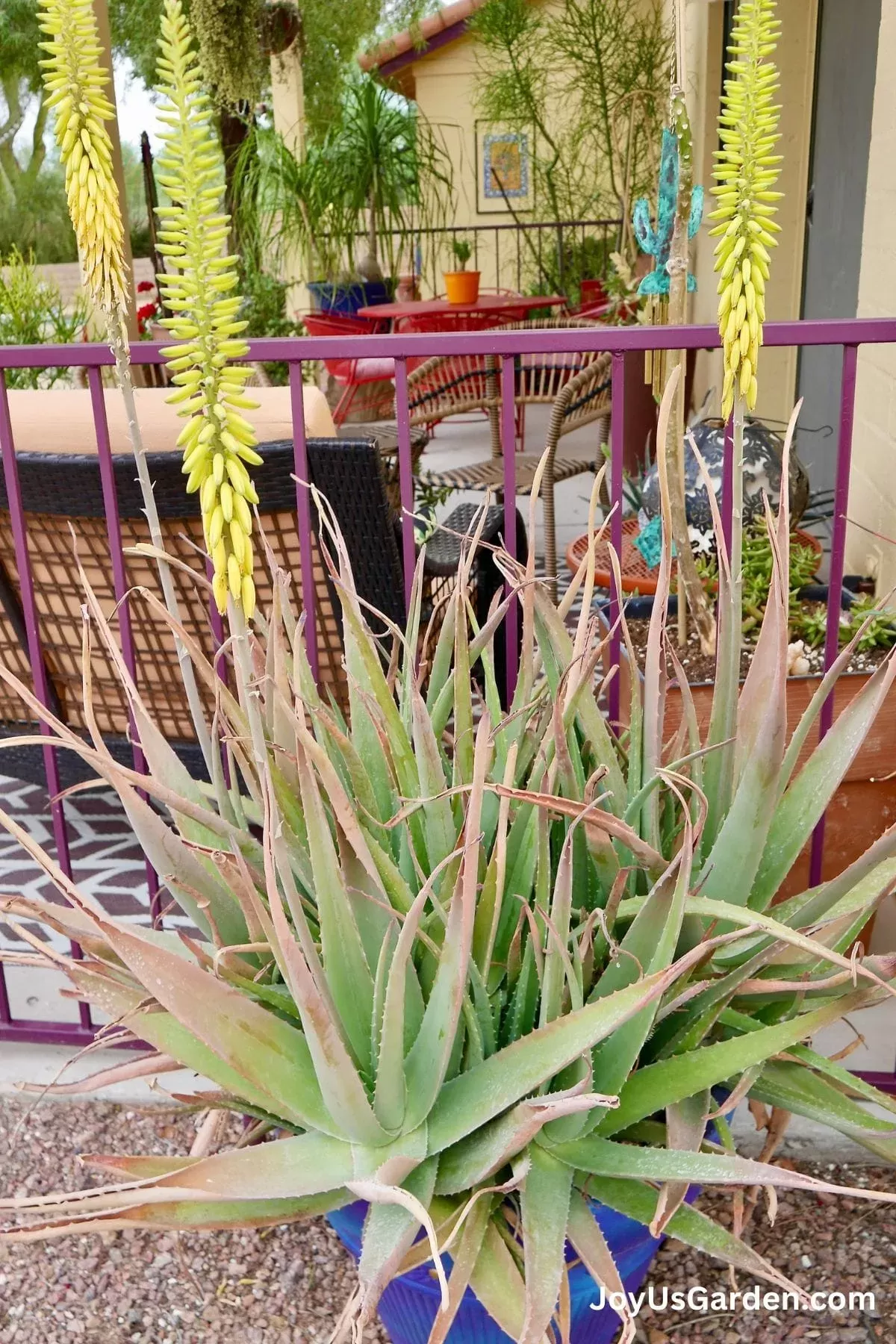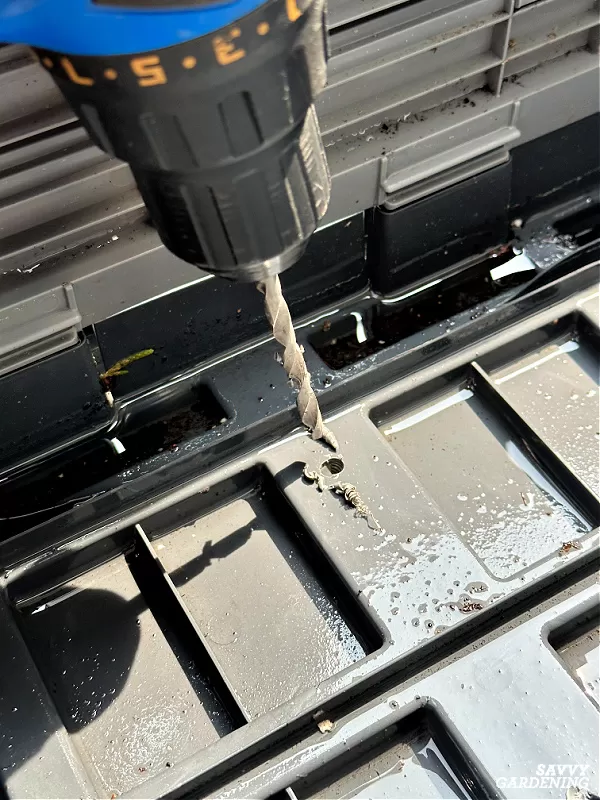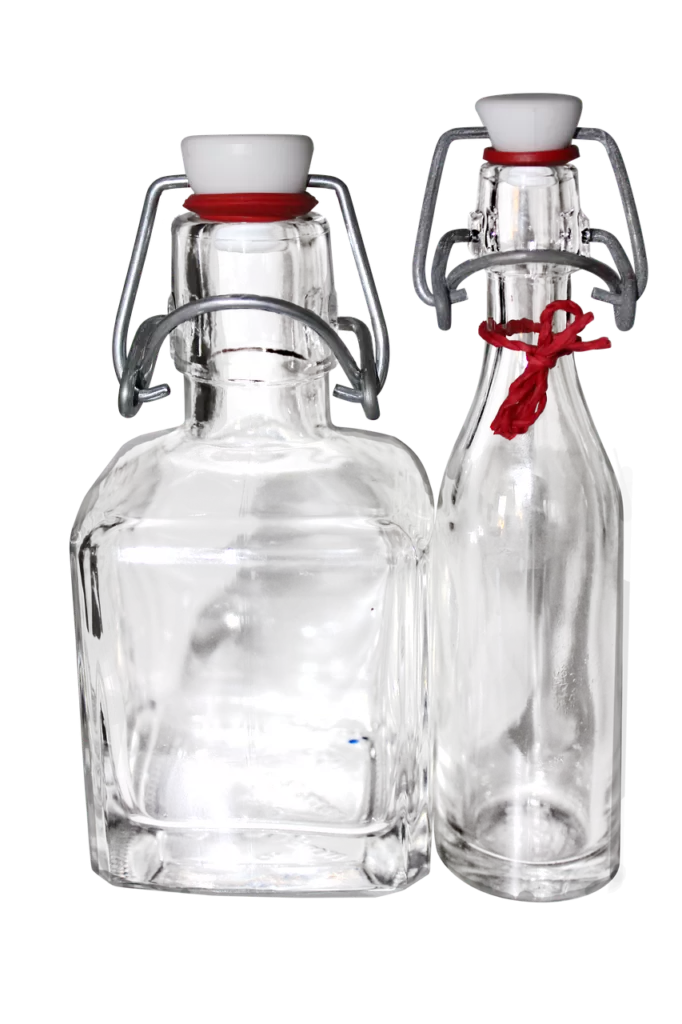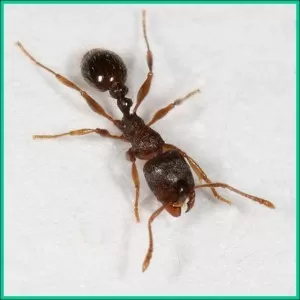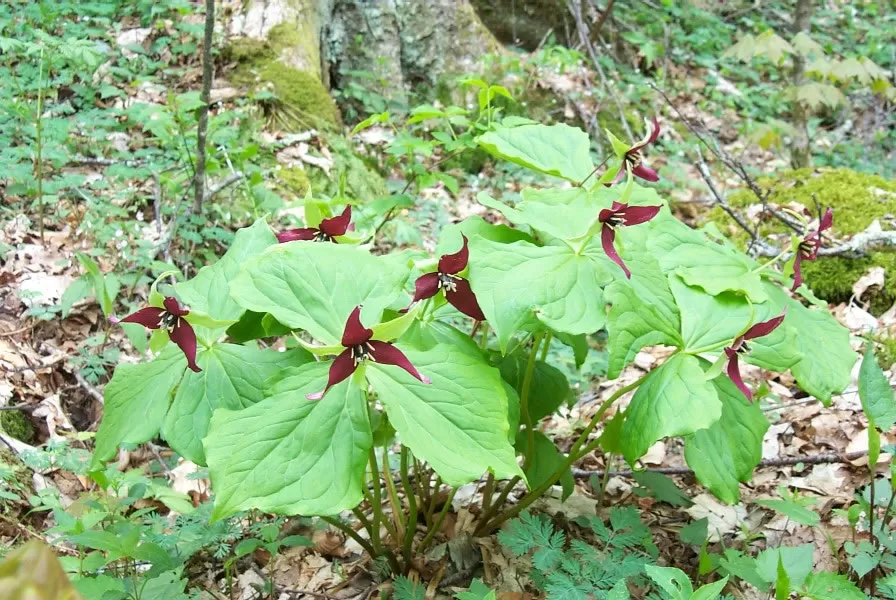Here’s what you need to know about using honey for rooting cuttings:
- Honey isn’t a plant hormone itself, but it’s suggested to help cuttings root.
- Its main proposed benefit is its natural antiseptic and antifungal properties.
- Research shows mixed results; commercial rooting products are generally more effective.
- A key concern is whether honey might harm beneficial fungi crucial for long-term plant health.
- It can be a fun, natural experiment for certain plants, but results vary widely.
Have you ever scrolled through gardening tips online and stumbled upon a sweet suggestion: using honey as rooting agent for your plant cuttings? It sounds almost magical, right? Dipping a fresh cut end into a little honey before tucking it into soil or water, hoping for robust roots to appear. This natural approach has certainly captured the imagination of many home gardeners looking for simple, kitchen-cabinet solutions for plant propagation. But does this sugary secret actually work, or is it just another gardening myth? Let’s dig into the buzz surrounding honey and its potential role in helping your plant cuttings find their feet.
Contents
The Sweet Promise: Can Honey Help Your Cuttings Root?
The idea is straightforward: take a healthy stem cutting, maybe from your favorite succulent, herb, or houseplant, and instead of reaching for commercial rooting powders or gels, give the cut end a dip in honey. Then, you place the cutting into your chosen growing medium – be it potting mix, perlite, vermiculite, or even water. The hope is that this simple step will give your cutting a better chance at survival and encourage faster, stronger root development.
Beyond the Buzz: How Honey Might Work for Cuttings
So, how could honey potentially assist this delicate process? It’s important to clarify that honey isn’t a rooting hormone. Plants naturally produce their own hormones (auxins) that trigger root formation. The theory behind using honey as rooting agent is different. Honey is known for its natural antiseptic and antifungal properties. The thought is that dipping the cutting in honey creates a protective barrier on the vulnerable cut surface. This barrier could help ward off common pathogens, bacteria, and undesirable fungi that cause cuttings to rot before they have a chance to form roots. By keeping the cutting healthy in those critical first few days or weeks, you potentially give the plant more time to produce its own hormones and initiate rooting.
What the Research Says About Honey & Rooting
While the concept is appealing, what happens when you put honey to the test in controlled studies? The results are, frankly, a bit of a mixed bag. Some comparative studies have shown that cuttings treated with honey can sometimes perform better than those given no special treatment at all. In certain cases, honey seemed to offer a “certain positive effect” on rooting success or speed compared to plain water or medium.
However, when pitted against commercial rooting hormones (like those containing IBA – indole-3-butyric acid), honey typically falls short. Studies often find that commercial products stimulate root formation faster and more reliably across a wider range of plant types. For example, research looking at rooting times found that commercial hormones might lead to roots in just a few days, while honey-treated cuttings took longer (perhaps a week or two), though this could still be slightly faster than cuttings receiving no treatment. Other plants might root perfectly fine on their own, with or without honey or hormones.
So, while honey can offer some benefits, primarily protection, it’s generally not as potent or consistent a root stimulant as commercial alternatives.
A Sticky Question: Honey’s Impact on Beneficial Fungi
Here’s where the plot thickens a bit. As we just discussed, one of the proposed benefits of using honey as rooting agent is its antifungal property, which helps prevent rot. However, not all fungi are bad! The gardening world is increasingly recognizing the vital role of beneficial fungi, particularly mycorrhizal fungi, in plant health.
 Plant growth comparison with and without beneficial mycorrhizal fungi treatment
Plant growth comparison with and without beneficial mycorrhizal fungi treatment
Mycorrhizal fungi form a symbiotic relationship with plant roots, essentially extending the plant’s root system. They help plants absorb water and nutrients (especially phosphorus) from the soil more efficiently, improve drought tolerance, and can even help protect against harmful soilborne pathogens. Many gardeners actively add mycorrhizal fungi to their soil or potting mix when planting or propagating to give plants the best start. The concern arises: if honey has general antifungal properties, could it potentially harm these beneficial mycorrhizal fungi in the potting medium that you want to encourage? This is an area that perhaps needs more specific research, but it’s a valid point of consideration for gardeners who actively work to build healthy soil microbial communities.
Trying Honey for Rooting: Tips and Considerations
If you’re curious and want to experiment with using honey as rooting agent, here are a few tips:
- Choose Healthy Cuttings: Start with strong, disease-free cuttings from a healthy parent plant. No amount of honey will save a weak cutting.
- Prepare the Honey: Use a small amount of pure, raw honey. You can dip the cutting directly or, some suggest, dilute it slightly with sterile water to make a thick syrup consistency.
- Dip Carefully: Dip only the very end of the cutting that will be inserted into the medium. You don’t need to coat a large portion.
- Use a Clean Medium: Plant your treated cutting into a sterile, well-draining rooting medium (like a mix of peat moss and perlite, or sand).
- Provide Ideal Conditions: Ensure adequate humidity (a plastic bag over the pot works well), appropriate light (bright, indirect), and consistent moisture (not waterlogged). These factors are often more critical for rooting success than the rooting agent itself.
- Observe and Compare: Try rooting several cuttings from the same plant species under the same conditions – some with honey, some with a commercial rooting product (if you have it), and some with no treatment. This is the best way to see what works for your specific plants and methods.
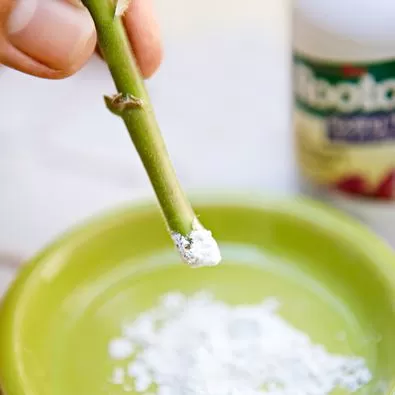 Bottle of commercial rooting hormone powder on a wooden surface
Bottle of commercial rooting hormone powder on a wooden surface
While some organic gardeners might prefer natural methods like honey and avoid commercial products, commercial rooting hormones containing just the plant hormone (like IBA) and no added fungicides are also an option that many successful propagators rely on, especially for plants that are notoriously difficult to root. The environmental impact of using a tiny pinch of rooting powder is minimal compared to the success gained in propagating desired plants.
Conclusion
So, can you use honey as a rooting agent? Yes, you can try it! It’s a popular natural suggestion based on its antiseptic qualities, and some gardeners report success. However, research indicates it’s generally less effective than commercial rooting products and there’s a potential consideration regarding its impact on beneficial soil fungi.
Ultimately, the best rooting method often depends on the specific plant species, the health of the cutting, and providing the right environmental conditions. Experimenting with honey can be a fun, accessible way to explore plant propagation, but keep realistic expectations and consider testing it alongside other methods.
Have you tried using honey as rooting agent? What were your results? Share your experiences in the comments below! And if you’re interested in learning more about propagating different plant types or other gardening techniques, explore more articles here at Thelittle.garden!
